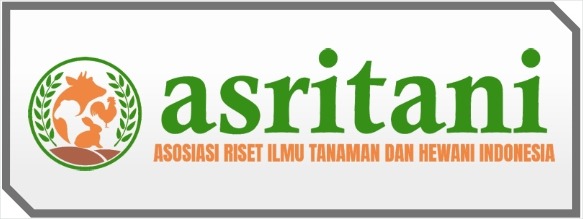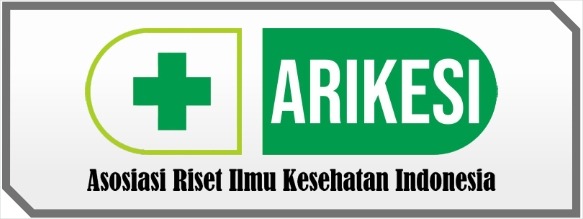Toxicity Test of Red Yeast Rice Extract as A Product of Solid Fermentation of Monascus purpureus
DOI:
https://doi.org/10.69930/jsi.v1i2.168Keywords:
red yeast rice extract, monacolin K, SGOT, SGPTAbstract
Red yeast rice (Known as Angkak in Indonesia) is a product of rice fermentation from Monascus purpureus, a specific type of mold that produces a secondary metabolite, namely monacolin K; found to be effective in reducing cholesterol levels. Subsequently, toxicity is the ability of a substance to induce functional, biochemical, or physiological disturbances leading to pain, and discomfort, as well as interfering with general body conditions. Therefore, this study aims to determine the potential toxic effects, mortality rates, and liver function damage, as indicated by SGPT and SGOT parameters, in rats. Solid fermentation method was used for rice fermentation. Test animals used were 25 white rats, exposed to graded doses: dose 1 (5mg/kg BW rats), dose 2 (50mg/kg BW rats), dose 3, (300mg/kg BW rats), and dose 4 (2000mg/kg BW mice). Observations were carried out for 14 days with a single dose. To determine liver damage, blood was taken through the lateral vein on day 14, the resulting data was processed using statistical analysis. The results showed that Angkak extract containing monacolin K did not exhibit a toxic effect and did not cause death. However, there was an impact on liver damage parameters, as evidenced by elevated SGPT and SGOT levels at doses of 300 mg/kg BW rats and 2000 mg/kg BW rats, exceeding normal levels.






















